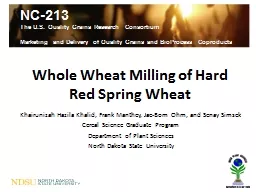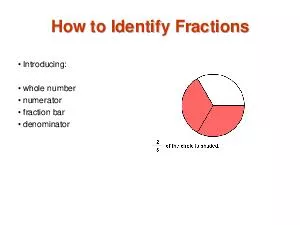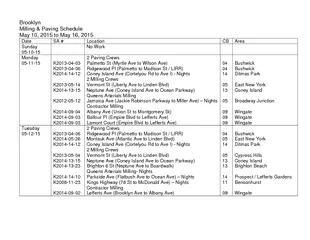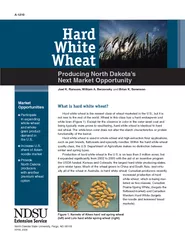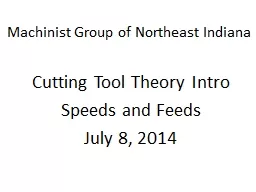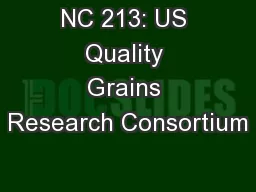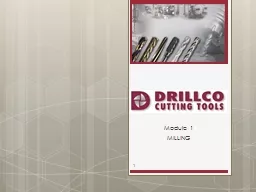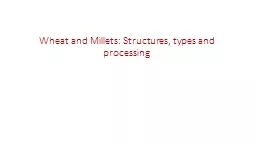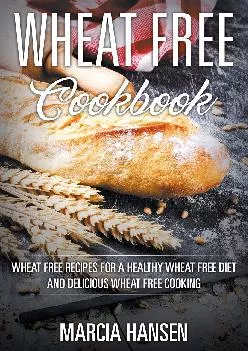PPT-Whole Wheat Milling of Hard Red Spring Wheat
Author : jane-oiler | Published Date : 2016-05-31
Khairunizah Hazila Khalid Frank Manthey Jae Bom Ohm and Senay Simsek Cereal Science Graduate Program Department of Plant Sciences North Dakota State University
Presentation Embed Code
Download Presentation
Download Presentation The PPT/PDF document "Whole Wheat Milling of Hard Red Spring W..." is the property of its rightful owner. Permission is granted to download and print the materials on this website for personal, non-commercial use only, and to display it on your personal computer provided you do not modify the materials and that you retain all copyright notices contained in the materials. By downloading content from our website, you accept the terms of this agreement.
Whole Wheat Milling of Hard Red Spring Wheat: Transcript
Download Rules Of Document
"Whole Wheat Milling of Hard Red Spring Wheat"The content belongs to its owner. You may download and print it for personal use, without modification, and keep all copyright notices. By downloading, you agree to these terms.
Related Documents

